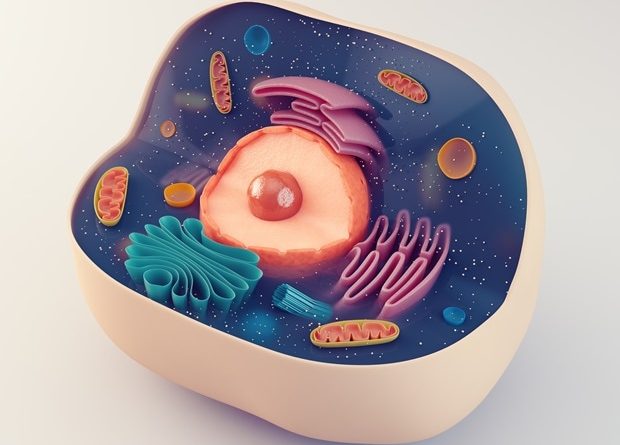EIT-based imaging technology for non-invasive anisotropic transmembrane transport of cell-spheroid
The cell membrane has numerous channels for the transport of various substances, including ions, between the cell and its environment. Ion transport determines the ion exchange rate (or the transmembrane transport coefficient), which, in turn, controls biological functions, such as nerve excitation, heartbeat, muscle contraction, and hormone secretion. It can also be anisotropic, wherein a non-uniform distribution of ions causes different ion exchange rates in different directions. This effect is quite pronounced in heterogeneous tissues. Therefore, the boundaries and overlap of tissues can be detected by measuring the associated anisotropic transmembrane transport.
Fluorescence imaging and patch clamp methods are often utilized for this purpose. While they do measure anisotropic transport, these methods also damage the cell membrane structure. Therefore, a non-invasive detection technique is required. Techniques like electrical impedance spectroscopy (EIS) can only measure isotropic transport. Electrical impedance tomography (EIT), an enhanced version of EIS, has been applied in combination with an ion transport model to calculate the transmembrane transport coefficients. But only for a uniform ion distribution.
Recently, a group of researchers, led by Daisuke Kawashima, an Assistant Professor at the Institute for Advanced Academic Research at Chiba University, has measured anisotropic transmembrane transport by modifying the EIT technique and improving the ion transport model. Their work was published in Volume 34, Number 3 of the Measurement Science and Technology journal on 22 December 2022. It is co-authored by two Chiba University professors-;Masahiro Takei of the Laboratory on Multiphase Flow and Visualization at the Graduate School of Engineering and Takeshi Murata of the Laboratory of Biostructural Chemistry at the Graduate School of Sciences.
Lab Diagnostics and Automation eBook

Prof. Kawashima briefly explains the research methodology. "First, a non-uniform ion distribution was generated around a spheroid-;cell aggregate that mimics tissues-;by injecting two different sucrose solutions from both sides. Following that, EIT was performed using a microelectrode array sensor mounted on a printed circuit board."
The solutions were of three concentrations, relative to the cell aggregate: isotonic, hypotonic, and hypertonic. The technique successfully produced images depicting the non-uniform ion distribution due to the anisotropic transmembrane transport. Subsequently, the researchers applied the ion transport model to calculate the associated transport coefficient and anisotropic factor. The latter was 0.34 ± 0.24 in iso-hyper, 0.58 ± 0.15 in iso-hypo, and 0.23 ± 0.06 in hyper-hypo solution combinations. The researchers verified these results by observing the fluorescence ratios of potassium ions-;the most abundant species involved in cell ion transport-;around the cell-spheroid. They were consistent with the EIT values for all three combinations.
"Consequently, the proposed EIT-based imaging technology provides a simple and non-invasive anisotropic transmembrane transport measurement method for cells and tissues. It can immediately measure the drug response associated with ion channels, leading to more efficient and shorter preclinical testing," concludes Prof. Kawashima.
The model is expected to serve as a new evaluation platform for medical discovery by contributing to the realization of a rapid drug development process.
Chiba University
Li, S., et al. (2022) Assessment of anisotropic transmembrane transport coefficient vector of cell-spheroid under inhomogeneous ion concentration distribution fields by electrical impedance tomography. Measurement Science and Technology. doi.org/10.1088/1361-6501/acaa4a.
Posted in: Cell Biology | Histology & Microscopy
Tags: Cell, Cell Membrane, Fluorescence, Fluorescence Imaging, Hormone, Imaging, Ion, Laboratory, Membrane, Muscle, Nerve, Potassium, Preclinical, Preclinical Testing, Research, Spectroscopy, Technology, Tomography
Source: Read Full Article
